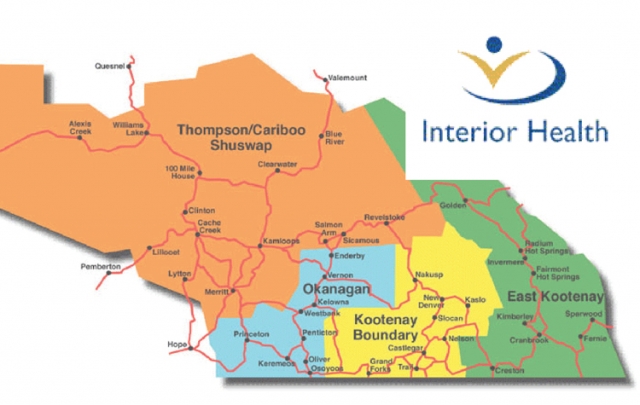HART nurses team at KBRH moves from full time to casual
A team of Trail IHA nurses who supported transport of acutely ill patents from outlying rural and remote health sites to higher levels of care have moved from full time to casual positions last month, according to the IHA’s acute care director for Kootenay-Boundary.
The three nurses had been an integral part of the High Acuity Response Team (HART) in the Kootenay Boundary for the last six years, but Ingrid Hampf said there will be no interruptions to the HART service in the region.
She said the nurses’ decision was a personal one that each staff member made.
“So it wouldn’t be appropriate to provide the reasons for the change,” she said.
“We also have to recognize that these nurses are dealing with the most acute patients and this is a high stress role, so we respect their decision to look at other opportunities.”
Hampf said the IHA has been able to cover shifts with other Kootenay Boundary HART staff and other highly skilled, highly trained nurses from other areas of IH.
“And we’ll have three new HART RNs starting in Trail in the next couple of weeks,” she said. “Because there are three HART teams now in place across IH, we have specialty trained nurses who can support teams in all locations, including Kootenay Boundary.”
The HART teams consist of highly-trained Interior Health critical care nurses who respond with BCAS basic life support ambulance paramedics to support transport of acutely ill patents from outlying rural and remote health sites to higher levels of care. In more complex cases, a respiratory therapist is called in to assist.
HART nurses and respiratory therapists are based at larger referral hospitals, like Kootenay Boundary Regional Hospital, where they support emergency departments and intensive care units when not involved in the transport of patients. These nurses are in addition to normal staffing for the hospitals and are ready to go immediately when a transport is required.
Having dedicated HART teams let nurses and physicians stay in their communities, whereas previously they were called upon to accompany sicker patients to a higher level of care.
For rural-remote communities, that meant a site could have been left without physician or nursing staffing for an extended period of time. The HART team keeps rural physicians and nurses where they are needed-at their sites.


























Comments